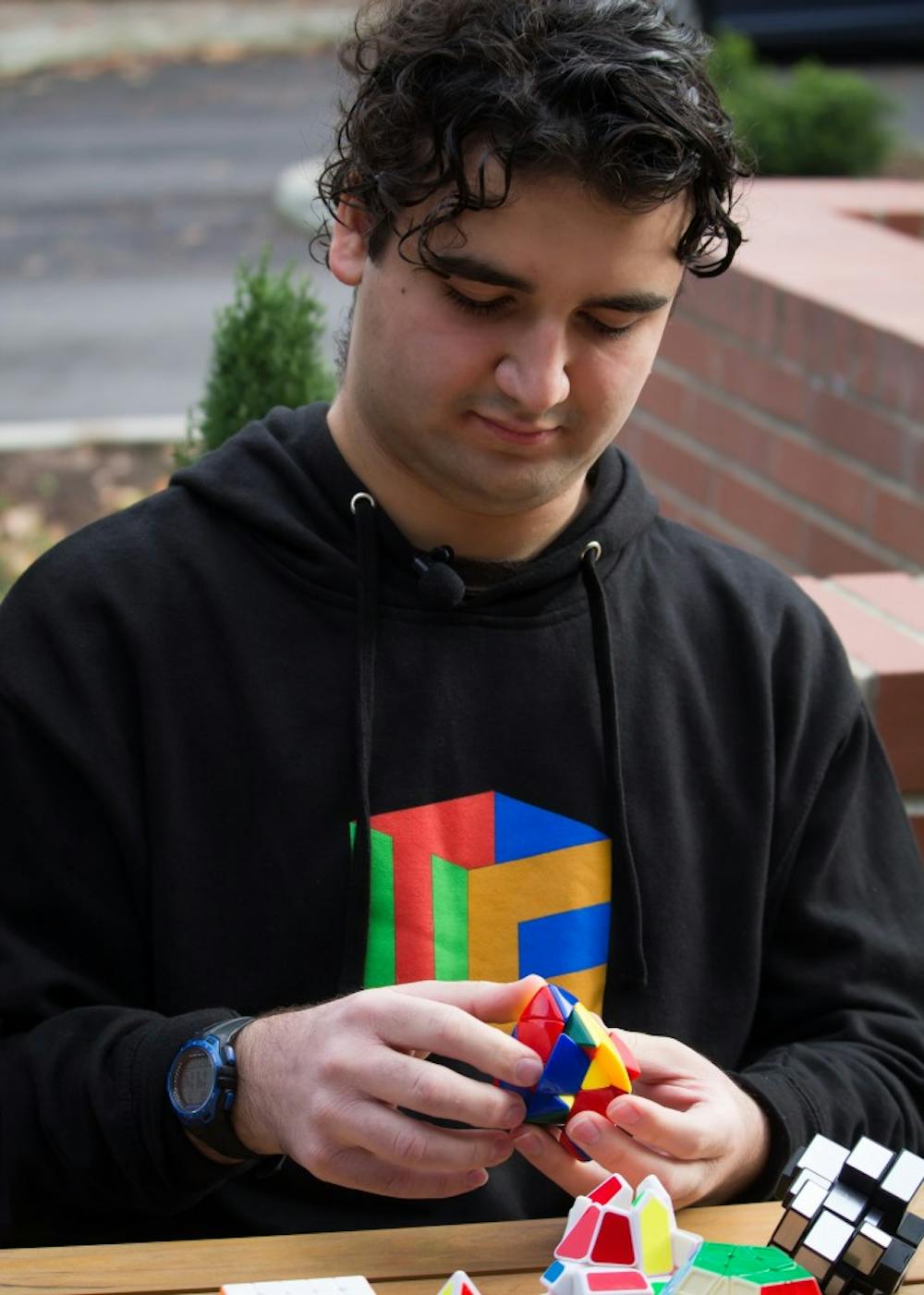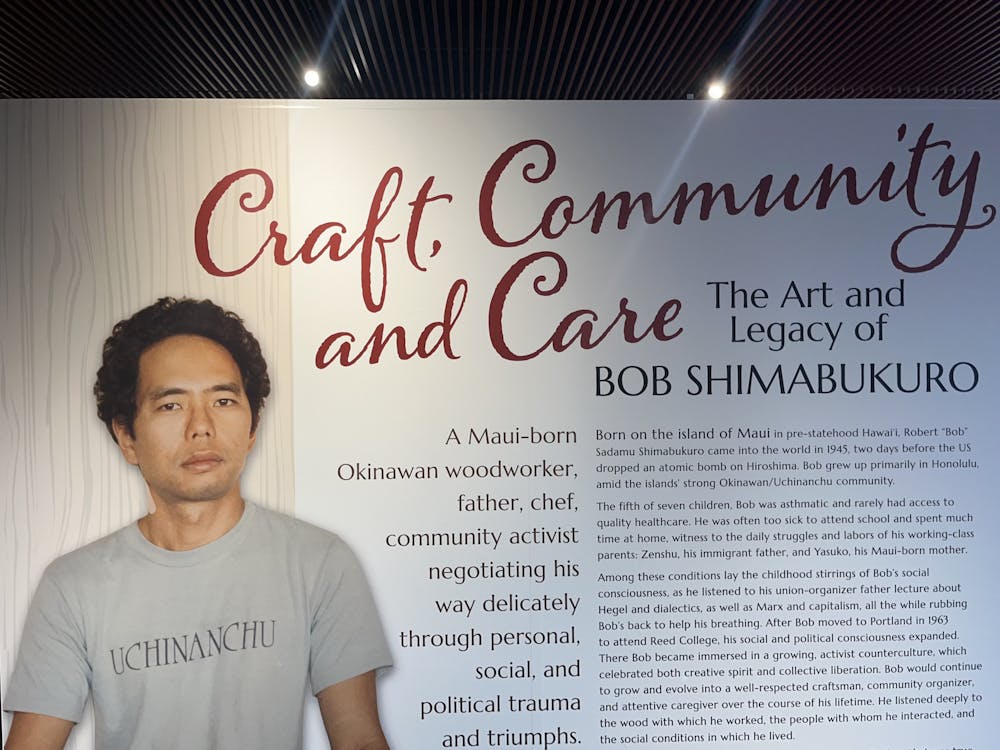His fingers move quickly. He’s focused; his brow twitches ever so slightly as he scrambles the pieces of a colorful dodecahedron called a
Freshman computer science major Alex Hadi is a Rubik’s Cube master. His obsession with the mind game that has stumped many started in the seventh grade when he received his first cube. It was the standard three-by-three cube, and he figured out the secret to solving it in about a week.
“I’m really good at memorizing numbers and letters, so it kind of comes a little easier for me,” Hadi said. “It’s something I can do in my spare time.”

Hadi worked at the cube-shaped puzzle throughout high school, eventually getting to the point where he could solve the standard cube in an average of about 22 seconds. He has been to three Rubik’s Cube solving competitions, two of which he competed in, including an international competition in Las Vegas, Nevada and one in Astoria, Oregon.
While he didn’t place at the competitions, he said he felt he performed pretty well. He said most who placed took about 10 seconds to solve the four-by-four.

Hadi’s collection of cubes in his Christie Hall dorm room is varied; it includes an assortment of 11 colorful cubes of all shapes and sizes—with even more at his home in Beaverton, Oregon, where he grew up. Among the different types of cubes are the two-by-two, three-by-three, five-by-five, seven-by-seven, pyraminx, megaminx, hexaminx, x-cube, mirror blocks, the crazy yileng and the mastermorphix.
Hadi takes a moment to write out an algorithm for the megaminx—a combination that includes a series of front, right, up and down maneuvers. The formula takes up two lines on the paper.
Numbers and algorithms are what Hadi is good at. As a computer science major, he looks to apply the knowledge he’s gained through the cubes to his future work, which he hopes will be in artificial intelligence.

“I’ve heard (artificial intelligence) is somewhat related to Rubik’s Cubes because they’re both using algorithms, but they’re very different types of algorithms, and that fascinates me,” Hadi said.
Hadi’s tips for beginners? Look at the cube as a series of pieces, not as individual colors.
“A lot of people see it as individual colors, and you don’t think of it that way,” said Hadi. “You think of it as pieces that need to be moved, because if you think about it spatially, the centers on the cube won’t move, but the pieces will move around the centers.”
At UP, Hadi is considering starting up a Rubik’s Cube club if enough students express an interest. If you are interested in teaming up to









